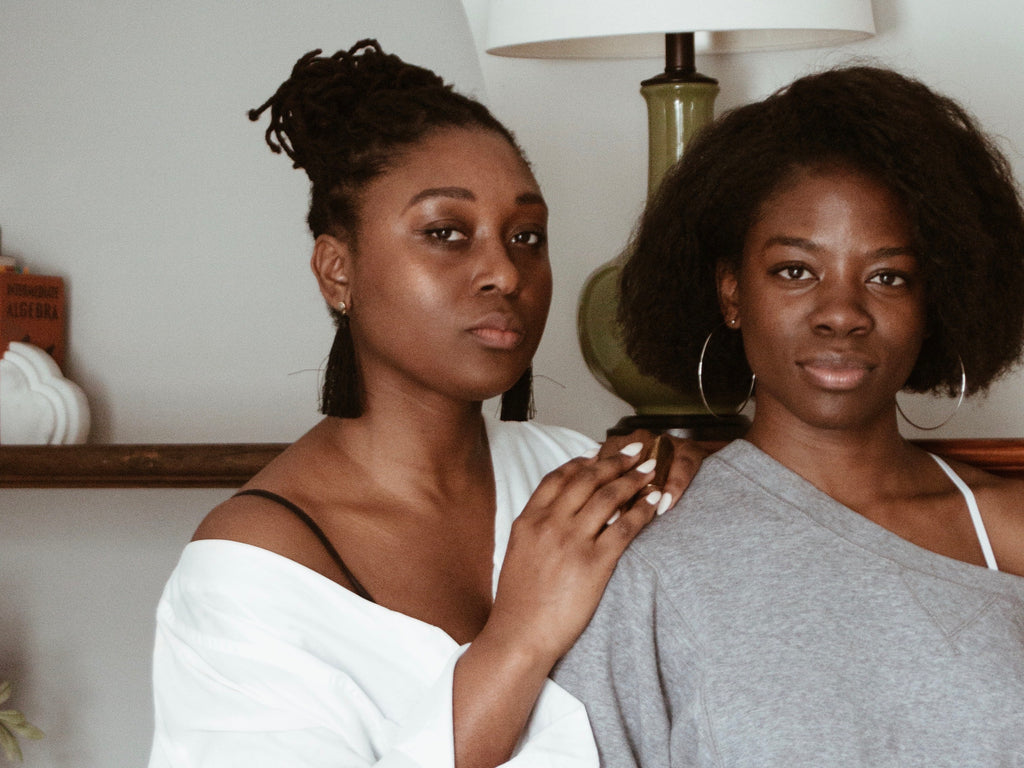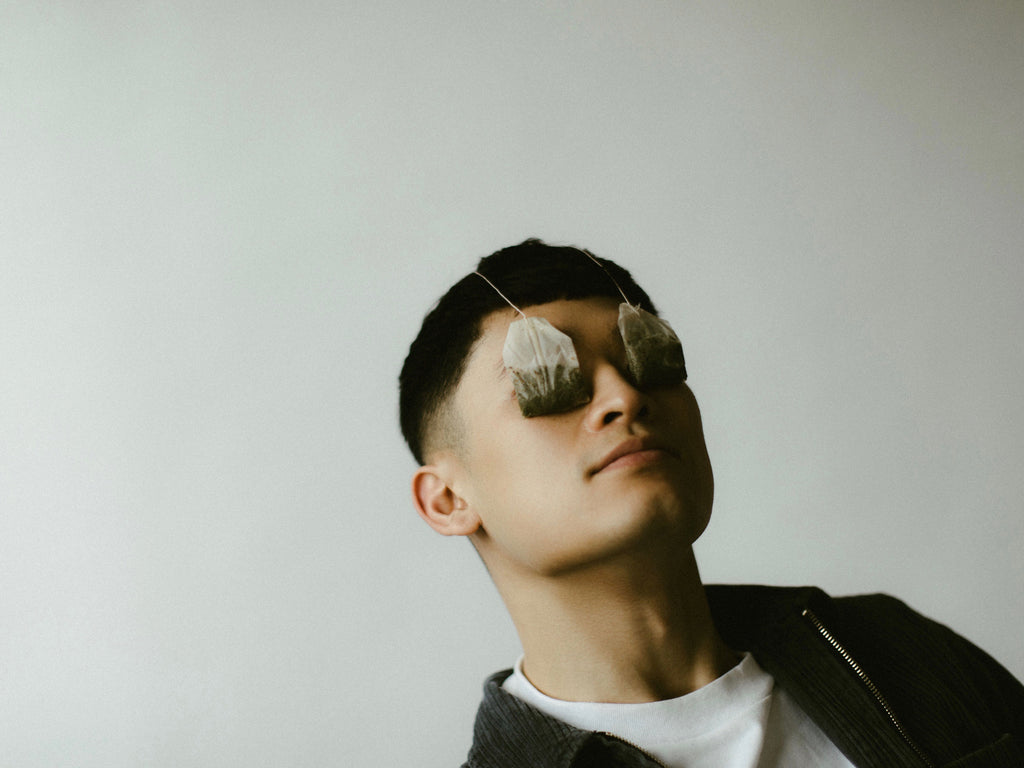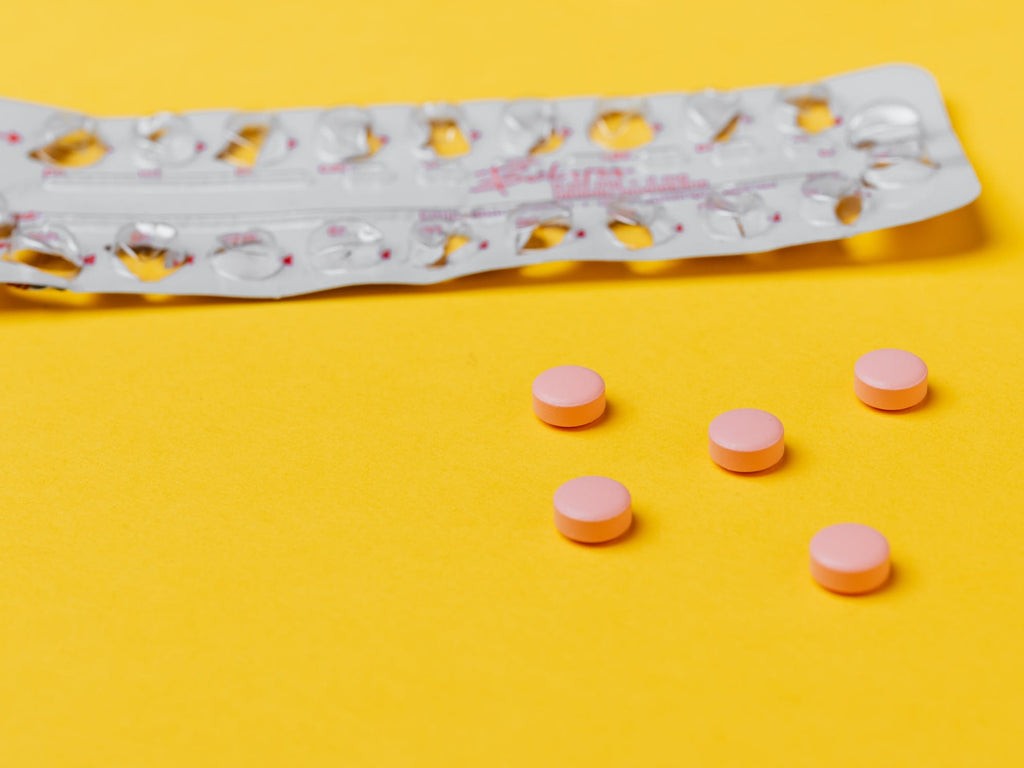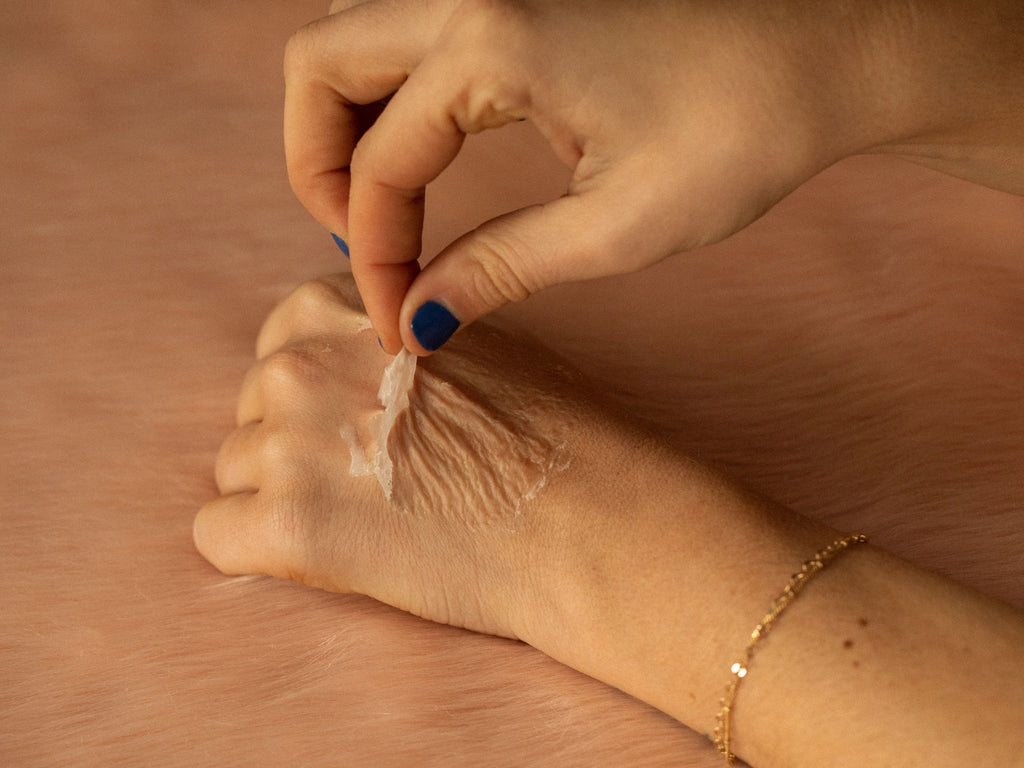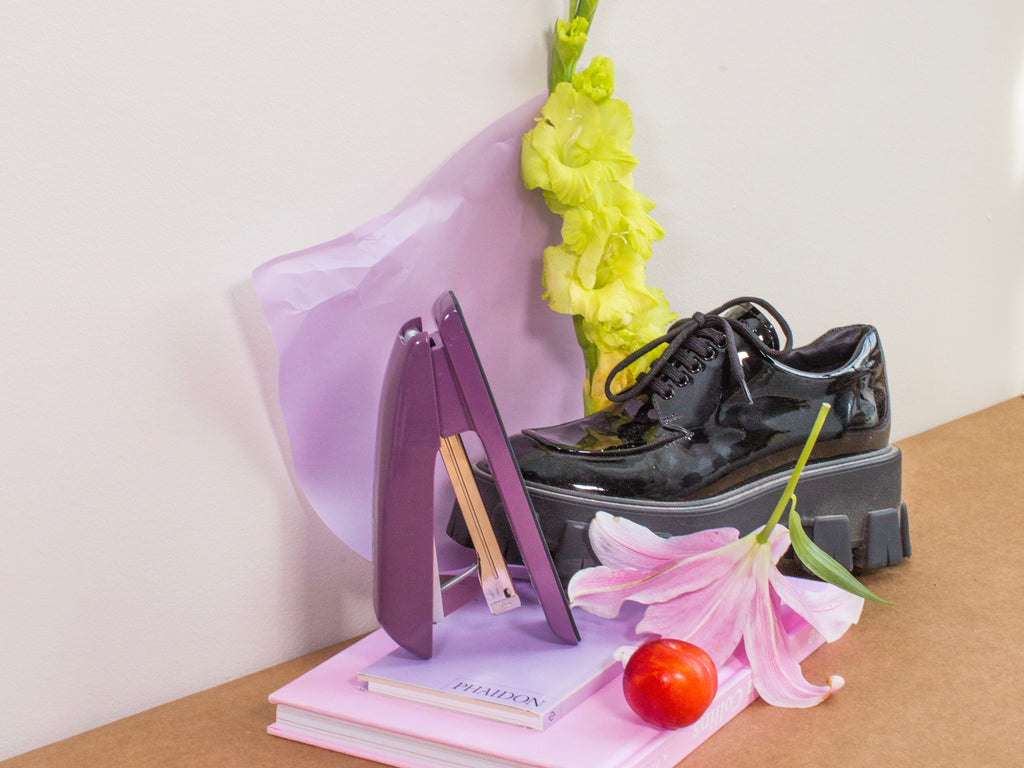What’s in a color? Scientifically speaking, a reflection of light in varying wavelengths and frequencies. It was Isaac Newton who discovered that a red object isn’t inherently red, but gives off that appearance from a surface reflection of the wavelengths we see as red, absorbing all the rest. For practitioners of Aura-Soma, a type of holistic chromotherapy (color therapy), colors are also much more than meets the eye.
Based upon the specific vibrational frequencies that colors emit, Aura-Soma is a system of color, plant, and crystal energies that can be used as a tool to bring a deeper awareness to ourselves, and to enhance happiness and vitality. But what does that really, mean—and how is it achieved?
Two years ago, while visiting Sedona, Arizona, I spotted an Aura-Soma description on a spa menu at wellness spa and resort Mii Amo, and was suitably intrigued. “This color system from England is based on vibrant, alive plant color, essential oils and flower essences,” it read. “Colors we are drawn to reveal our talents, gifts, and life lessons.” On a whim, I signed up for a consultation with certified practitioner Bhakta Ruttiger at Mii Amo spa, who had studied Aura-Soma for 28 years.
Throughout the experience, I was caught off guard numerous times. First, when I was instructed to gaze at a wall lined with over 100 bi-colored Equilibrium bottles and select four I was intuitively drawn to. “Narrow your gaze; don’t overthink it, and don’t rush,” Ruttiger told me. Second, when I picked up a rectangular vial of bright and light pinks—I don’t generally like those colors. And finally, during the session itself. Seated across from me, Ruttiger guided me through the significance of my four choices, explaining how the first bottle represented my potential, the second my challenges, the third bottle symbolized the here and now, and the fourth my future. Our back-and-forth discussion—guided by meanings attributed to the four specific colored bottles in front of me, in the consecutive order I had selected them—was intimate, spiritually and emotionally charged, and explored my personality traits and path, sometimes through metaphors. At one point I was in tears. I walked out of the consultation determined to explore this practice further.
Aura-Soma was developed by Englishwoman Vicky Wall in 1983. Said to be endowed with a “second sight”, meaning she had the ability to see auras surrounding people, Wall lost most of her physical sight in her older age causing her auric sight to be very strong. One evening at home, she started instinctively hand-mixing oils, water, plants, and herbs, concocting the first bi-colored Equilibrium bottles. When she awoke the next morning, she could visualize the morning light radiating through these bottles. “Suddenly, I felt energized, happy, the physical tiredness I had been feeling lifted, and the concept of balance came into my mind,” she said. Wall researched the effects of colors on well-being, and explored the reasons why certain people picked one color over another, and how specific colors can bring about harmony and activate trapped energy. Although she passed away in 1991, Wall’s research still informs the Aura-Soma academy teachings of modern day.
Today, there are 117 Equilibrium bottles, and certified Aura-Soma practitioners in over 40 countries, including Terri Swan, who started her Toronto-based practice after encountering Aura-Soma at a wellness show. Feeling called to it, Swan studied in Guelph, Ontario, to become a practitioner. “The ‘aura’ part of Aura-Soma is ‘light’, or the energetic field that surrounds the physical body,” she explains. “’Soma’ translates to ‘body’, so Aura-Soma relates to our ‘light body.’” Ancient cultures have long used color and light for healing, such as in Ayurvedic medicine, and in many ways Aura-Soma reflects the wellness practices of acupuncture, reiki, and reflexology.
According to Aura-Soma, an attraction to certain color combinations means there is something in that specific vibrational frequency that the person selecting it may require.
“Your intuition, your body, and your energy levels know what they need,” Swan explains.
The uniquely radiant Equilibrium bottles themselves contain a squalene carrier oil and an energized water mixture that has been infused through spagyrics (an alchemical preparation) of gems, crystals, and plants harvested from Aura-Soma’s biodynamic farm in Tetford, England.
During a consultation, the practitioner guides the client through the significance of the sequence of their four Equilibrium choices and asks pertinent questions around the color language that has been selected. Experiences from the individual’s own life are weaved into the conversation, and meanings which vary widely from person-to-person. “You could choose red, and your best friend could choose red, and you could be choosing them for completely different reasons,” says Swan. “One could need strength and courage to get through the next phase of what is coming, and the other could choose it because they have fallen in love.”
Interestingly, some combinations are picked out more frequently than others, and according to Swan, Equilibrium bottle #26—orange over orange—is the most popular of all. “That number and color combination relates to something called ‘etheric rescue’,” she says. “It is about putting all the pieces back together again and correcting things that have happened; it can be where there was trauma or shock.” The bottles are created to correspond with the body’s seven chakra centres of energy, and bring about balance when physically applied to the skin—at the end of a session, the client takes one Equilibrium home for personal use.
Despite digging into the science of Aura-Soma, like so many therapies, it can only be fully appreciated through experience. And, at its holistic core, the mandate is really about self-reflection and understanding—to bring people back to themselves. “The goal for us as consultants,” adds Swan, “is for us to get the client to start listening to that small quiet voice within that is there to guide them on decisions that they need to make.” Admittedly, in the past, Swan used to encounter quizzical expressions when explaining her work, but nowadays practices like yoga and meditation have paved the way for people to be more comfortable talking about energy. “When folks come to me, 100% of the time, there is something in their journey that has called or drawn them in,” she says. “And there is always something there that they need to discover.”
Image courtesy of Aura-Soma Academy
This post is tagged as:
You may also like...
The Latest
People & Places
How Ara Katz is Redefining “Self-Care” as Rooted in Science with Seed
The co-founder, mother, and self-proclaimed serial entrepreneur unpacks her philosophy on what it means to be well. Ara Katz hates the word “success”. Not because of its listed definition in a di...
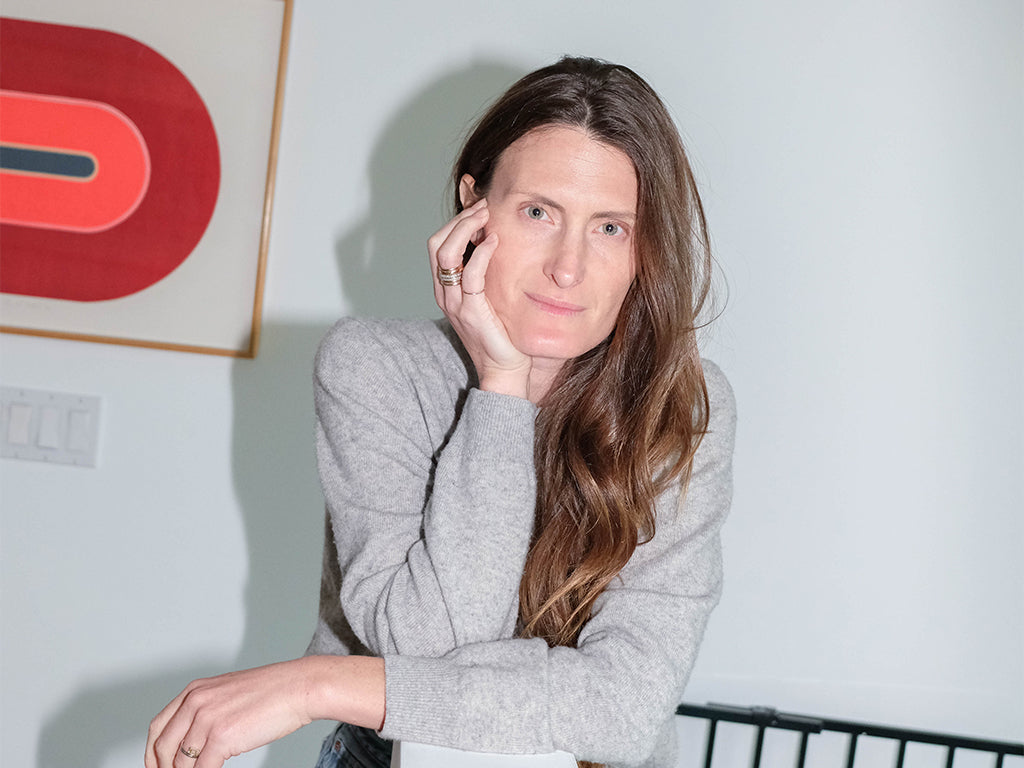
Do Good Werk
9 Passive-Aggressive Email Phrases That Are Basically Evil
A Rosetta Stone for every time you want to :’).
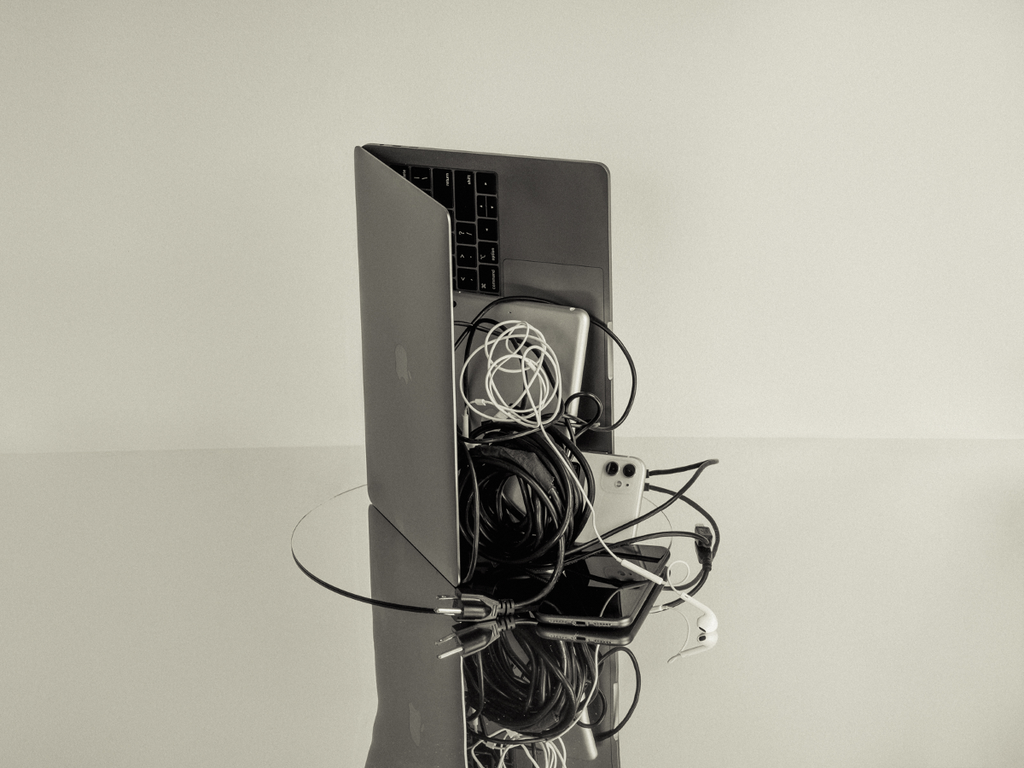
Woo Woo
Get to Know Your Astrological Birth Chart
How to find meaning in the stars — and what it means for you.

People & Places
The 5 Best Places In New York To Meet Your Next Investor
Where to rub shoulders with the city's movers and shakers.

Do Good Werk
10 Unhealthy Thoughts You Convince Yourself Are True as a Freelancer
If you work alone, you might be particularly susceptible to distorted thoughts that hurt your mental health.
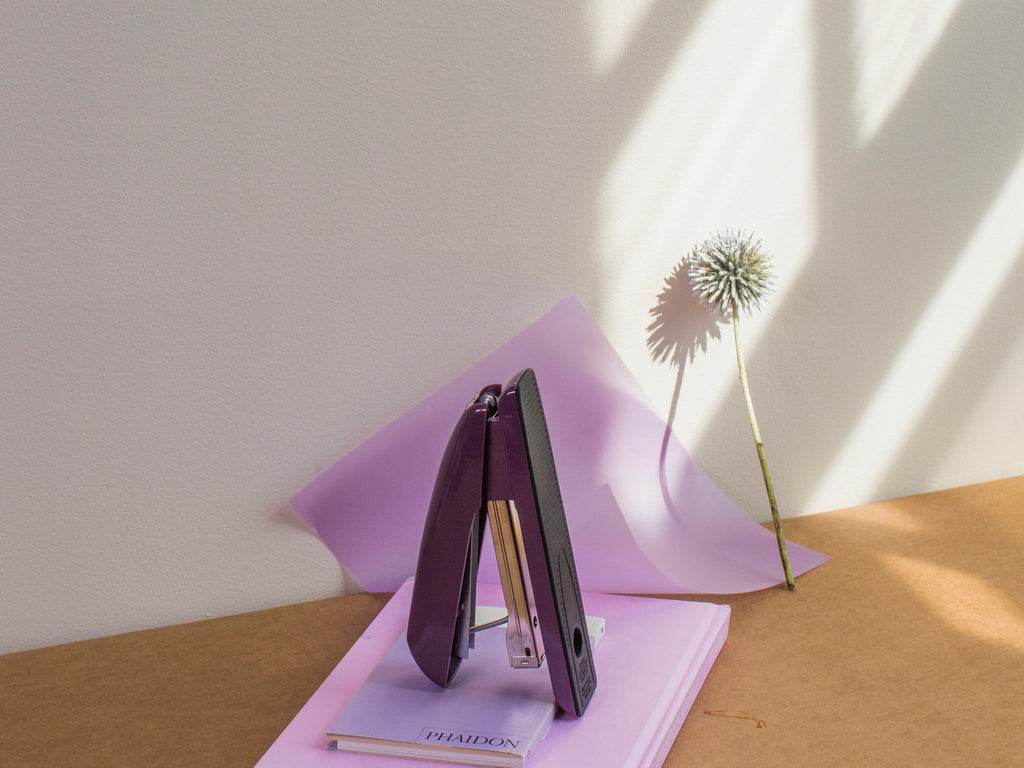
People & Places
Creating a Conference-Meets-Summer-Camp for Adult Creatives
An interview with Likeminds founders Rachael Yaeger and Zach Pollakoff This past September, I sat in front of an obituary I wrote for myself after a session with a death doula. No, I didn’t know w...
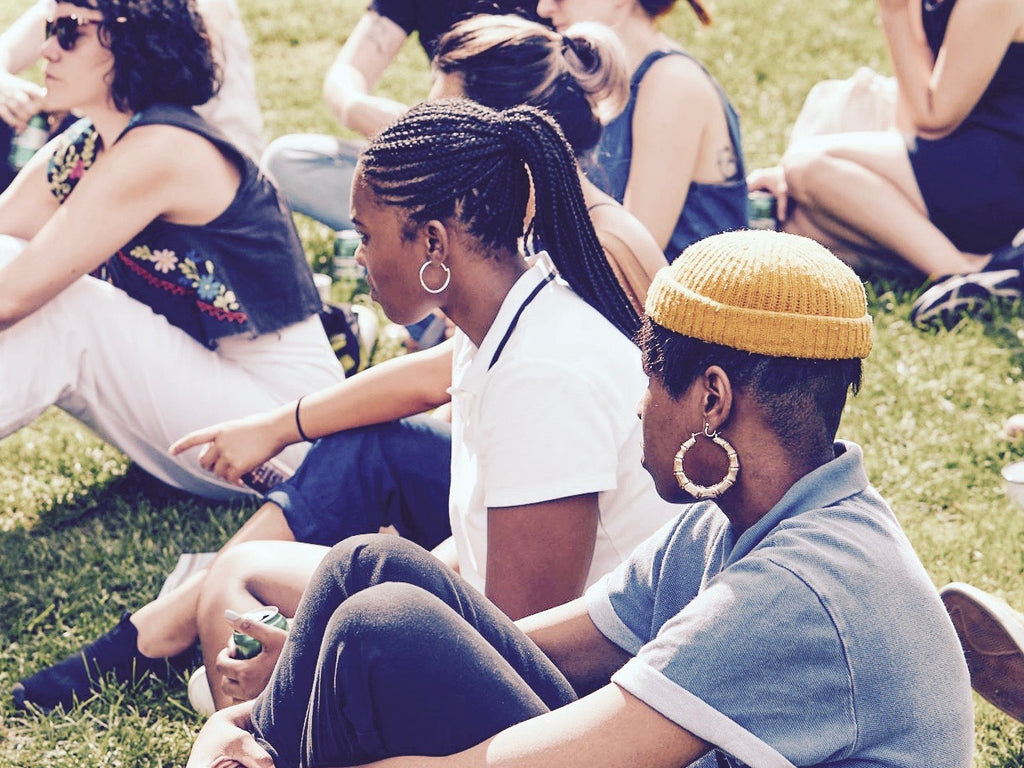
People & Places
When Something Golde Stays: An Interview with Golde’s Co-CEOs
“For us it was never a question,” says Issey Kobori, speaking of the decision to build a business with his partner Trinity Mouzon Wofford. At just shy of 27, Kobori and Wofford have secured a host ...

Better Yourself
Are They Toxic? Or Are They Human?
There’s a difference between putting up boundaries and putting up walls, and the latter is what breaks relationships.
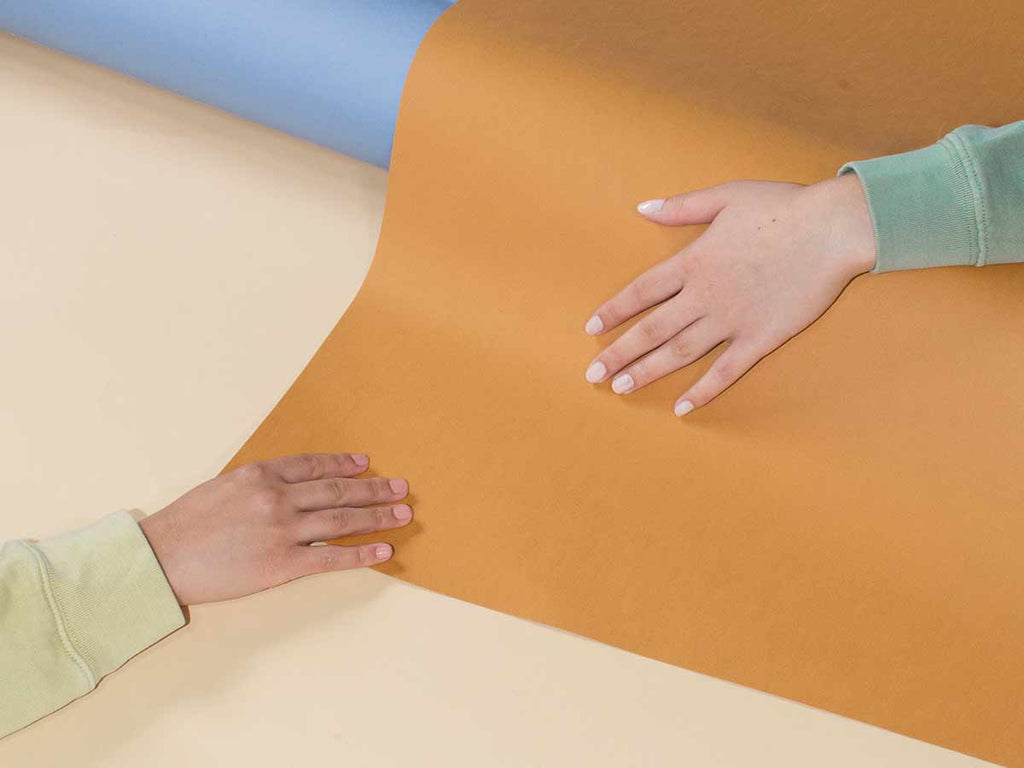
Do Good Werk
How To Combat Seasonal Affective Disorder At Work
Here’s what to do if seasonal affective disorder starts to take a toll at the office.
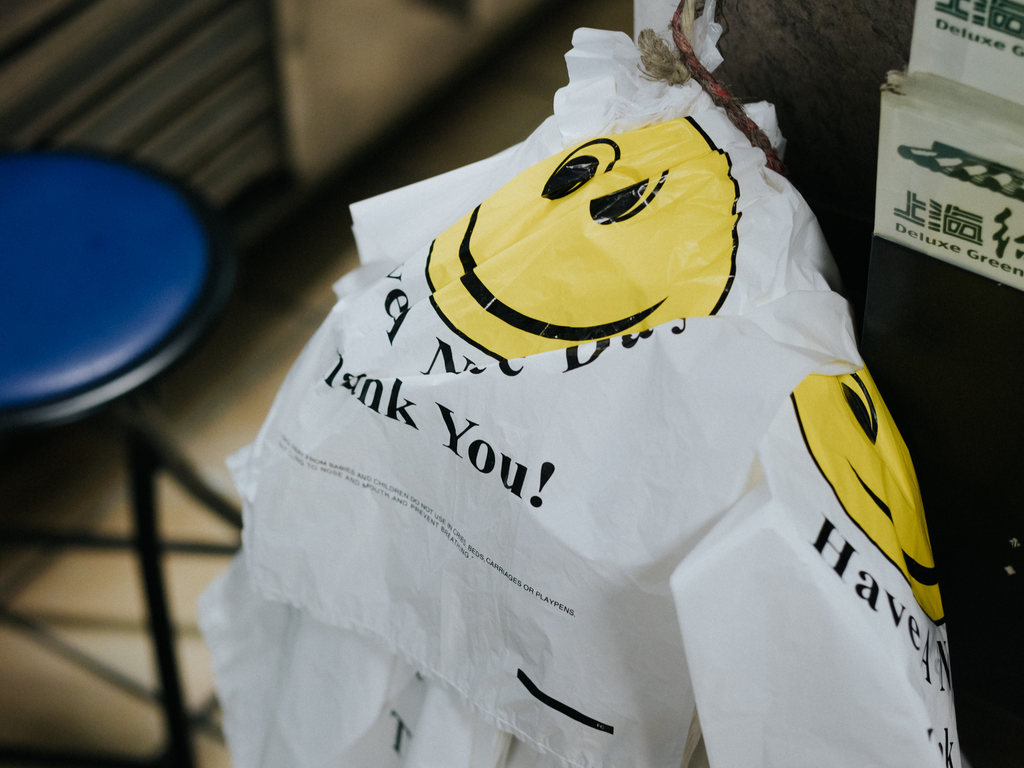
People & Places
Reclaiming Womxn's Wellness Spaces from a White-Dominated World
How The Villij built a collective that their community can connect to.
